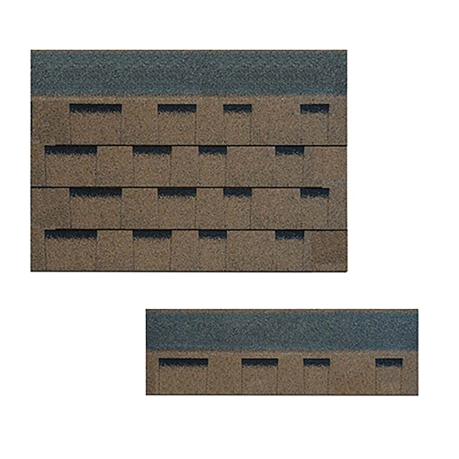
dec . 23, 2024 04:48 Back to list
Essential Guide to Asphalt Roofing Installation and Techniques for Durable Roofs
Understanding Asphalt Roof Construction A Comprehensive Guide
Asphalt roofing has become increasingly popular in recent years, thanks to its durability, affordability, and ease of installation. Whether you're constructing a new home or replacing an old roof, understanding the intricacies of asphalt roof construction is essential for making informed decisions.
What is Asphalt Roofing?
Asphalt roofing primarily consists of two types asphalt shingles and built-up roofing (BUR) systems. Asphalt shingles are the most commonly used roofing materials in residential construction, while BUR systems are more prevalent in commercial properties. Both types are made from a combination of asphalt, fiberglass or organic materials, which provide stability, durability, and waterproofing.
Advantages of Asphalt Roofing
1. Cost-Effectiveness Asphalt roof systems are generally more affordable compared to other roofing materials like slate or metal. This makes them an attractive option for both homeowners and builders.
2. Durability When properly installed and maintained, asphalt roofs can last 15 to 30 years. They can withstand various weather conditions, including rain, snow, and UV rays.
3. Variety Asphalt shingles come in a wide range of colors, styles, and textures, offering homeowners plenty of choices to match their home's aesthetic.
4. Ease of Installation The installation process for asphalt roofing is relatively straightforward, making it a preferred option for many roofing contractors. The speed of installation can significantly reduce labor costs, making it even more economical.
5. Energy Efficiency Some asphalt shingles are coated with reflective materials that help to diminish energy costs by keeping your home cooler.
The Construction Process
asphalt roof construction

1. Preparation The first step in asphalt roof construction is preparation. This includes removing any existing roofing materials, inspecting the underlying deck for damage, and ensuring that the surface is clean and dry.
2. Installation of Underlayment A layer of underlayment is placed over the roof deck. This material serves as an additional barrier against moisture and is critical for preventing leaks. Common underlayment materials include felt paper and synthetic underlayments.
3. Shingle Installation Asphalt shingles are then installed starting from the bottom of the roof and progressing upwards. It’s crucial to overlap the shingles correctly to ensure water flows off the roof effectively and does not seep into the underlying layers. Proper nailing techniques are essential; nails should be placed at the correct angle and depth to avoid damage and ensure the shingles remain secure.
4. Flashings Flashing should be installed around chimneys, vents, and any other protrusions. This material is designed to redirect water away from vulnerable areas of the roof, greatly reducing the risk of leaks.
5. Ventilation Proper ventilation is critical to ensuring the longevity of an asphalt roof. It helps regulate temperature and prevents moisture buildup in the attic space, which could lead to mold and structural issues.
6. Final Inspection After the installation is complete, a thorough inspection should be conducted to ensure that everything was installed correctly and meets local building codes. Check for proper alignment, secure fastening, and adequate coverage of the roof area.
Maintenance Tips
To maximize the lifespan of your asphalt roof, regular maintenance is crucial. Here are some tips
- Regular Inspections Check for damaged or missing shingles, especially after severe weather conditions. - Clean the Gutters Ensure that gutters and downspouts are not clogged to prevent water buildup. - Trim Overhanging Branches Regularly trim tree branches that could fall on the roof and cause damage. - Check for Algae In humid climates, algae can grow on asphalt shingles. Certain products are available to help clean and prevent this issue.
Conclusion
Asphalt roofing represents a reliable option for homeowners and builders alike due to its balance of affordability, durability, and aesthetic appeal. By understanding the construction process and committing to regular maintenance, you can ensure that your asphalt roof remains in excellent condition for many years to come. Whether you’re considering a new roof installation or maintaining an existing one, asphalt roofing is a practical choice worth considering.
-
Premium Stone Coated Metal Roof Tiles | Spain Tile
NewsAug.05,2025
-
Types of Roof Shingles: Durable Styles & Materials
NewsAug.04,2025
-
Different 3 Tab Shingles Types | Affordable & Durable Roofing
NewsAug.03,2025
-
Premium Round Asphalt Shingles: Durable & Elegant Roofing
NewsAug.01,2025
-
Eco-Friendly Clay Tiles | AI-Enhanced Durability
NewsJul.31,2025
-
Durable Shingle Granules for Premium Roofs
NewsJul.31,2025







